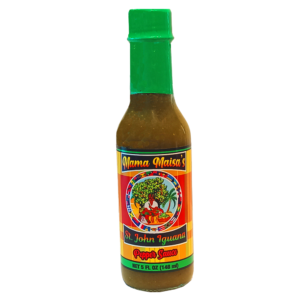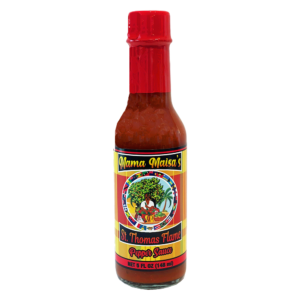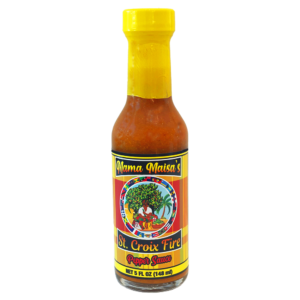Source Link: BBC A History of the World: Most of the content on A History of the World is created by the contributors, who are the museums and members of the public. The views expressed are theirs and unless specifically stated are not those of the BBC or the British Museum. The BBC is not responsible for the content of any external sites referenced. In the event that you consider anything on this page to be in breach of the site’s House Rules please Flag This Object.
In 1826, John Walker, a chemist in Stockton on Tees, discovered through lucky accident that a stick coated with chemicals burst into flame when scraped across his hearth at home. He went on to invent the first friction match. Until the first half of the nineteenth century, the process by which fire was created was slow and laborious. Walker’s friction match revolutionised the production, application and the portability of fire. Walker sold his first “Friction Light” on the 12th April 1827 from his pharmacy in Stockton on Tees. Walker’s first friction matches were made of cardboard but he soon began to use wooden splints cut by hand. Later he packaged the matches in a cardboard box equipped with a piece of sandpaper for striking. He was advised to patent his matches but chose not to and, as a result, Samuel Jones of London copied his idea and launched his own “Lucifers” in 1829, an exact copy of Walkers “Friction Lights”.





















